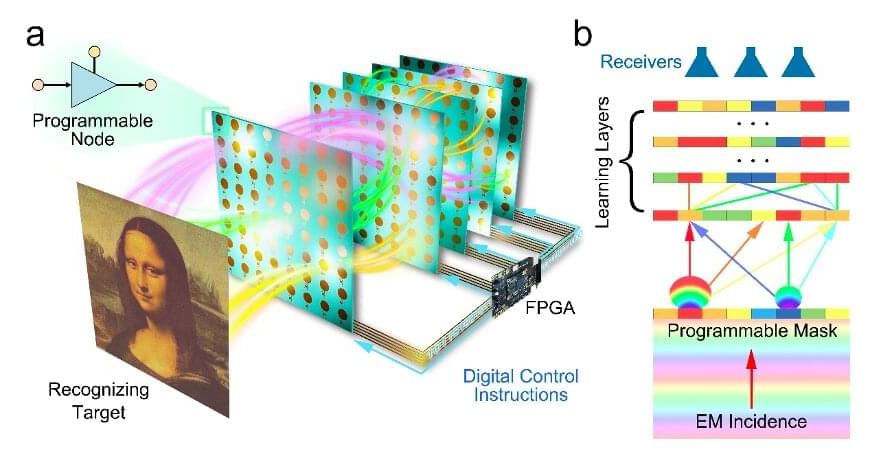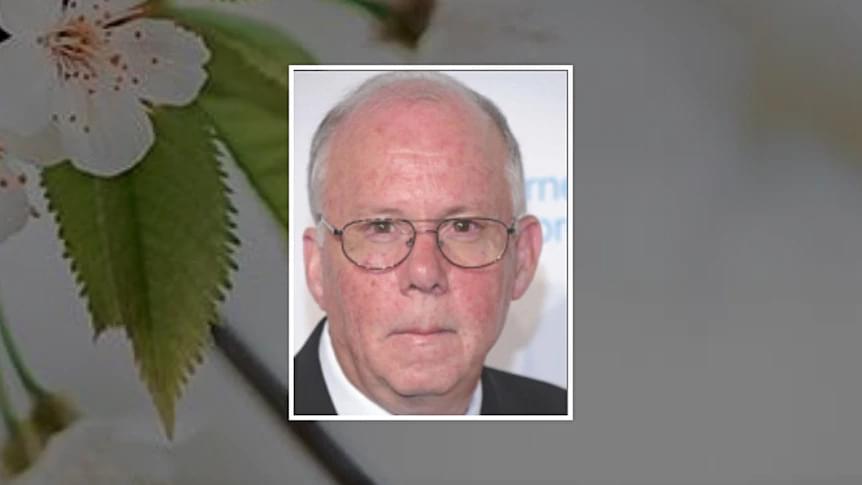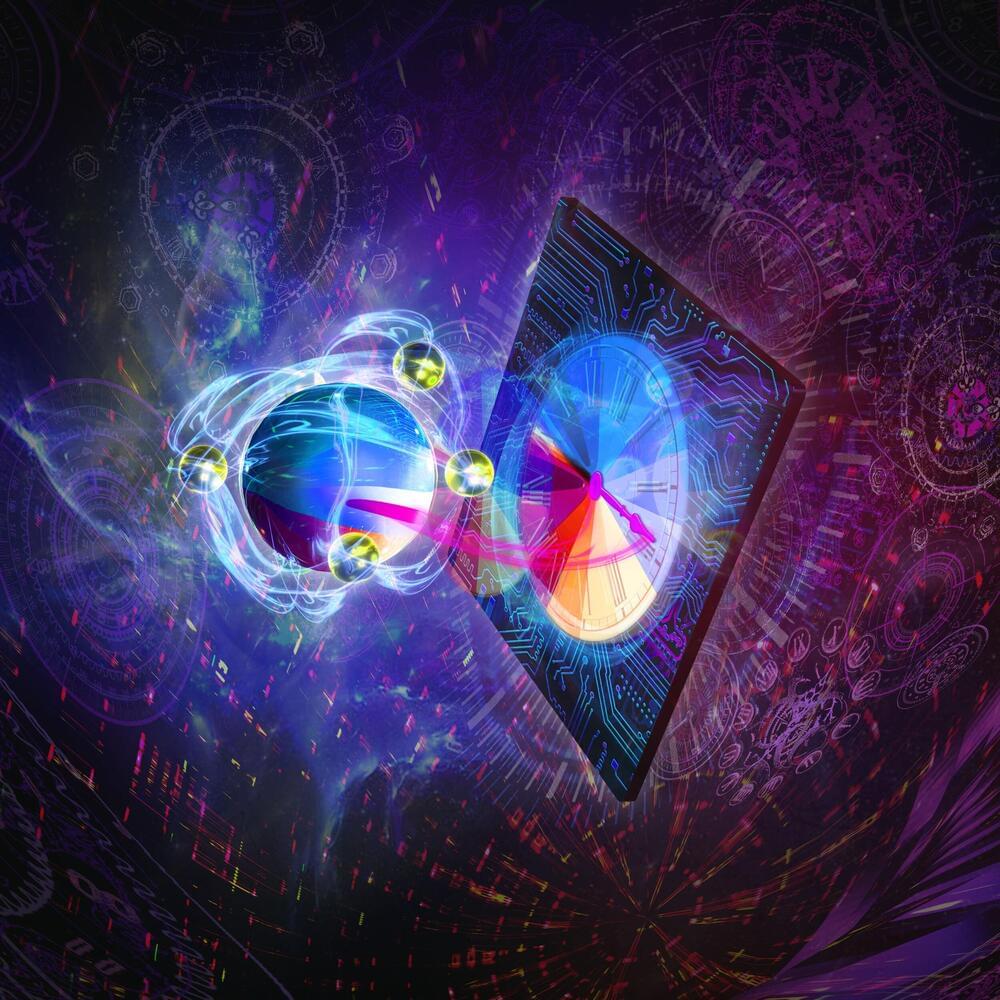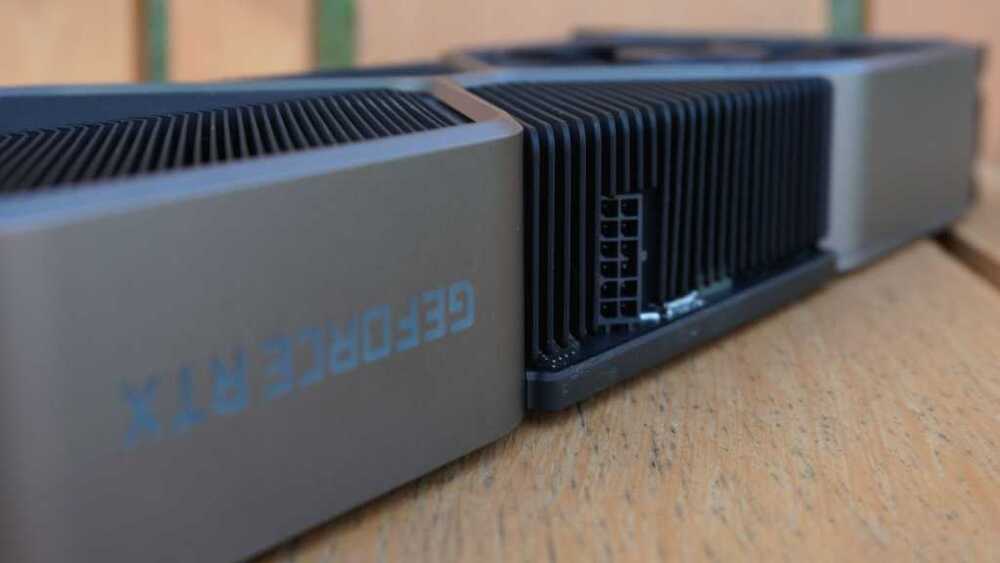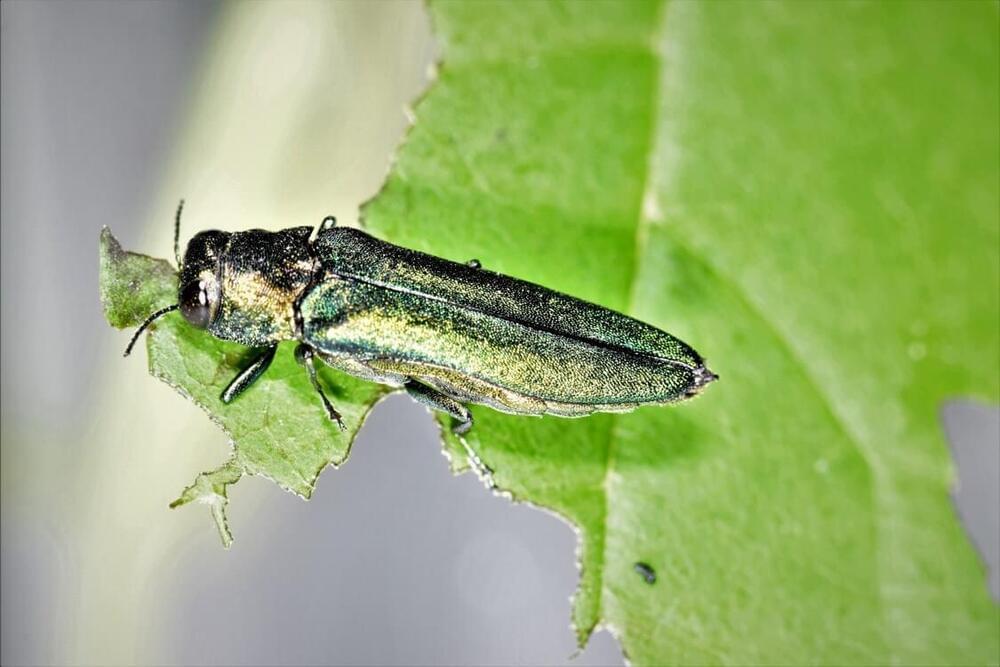In recent decades, machine learning and deep learning algorithms have become increasingly advanced, so much so that they are now being introduced in a variety of real-world settings. In recent years, some computer scientists and electronics engineers have been exploring the development of an alternative type of artificial intelligence (AI) tools, known as diffractive optical neural networks.
Diffractive optical neural networks are deep neural networks based on diffractive optical technology (i.e., lenses or other components that can alter the phase of light propagating through them). While these networks have been found to achieve ultra-fast computing speeds and high energy efficiencies, typically they are very difficult to program and adapt to different use cases.
Researchers at Southeast University, Peking University and Pazhou Laboratory in China have recently developed a diffractive deep neural network that can be easily programmed to complete different tasks. Their network, introduced in a paper published in Nature Electronics, is based on a flexible and multi-layer metasurface array.
